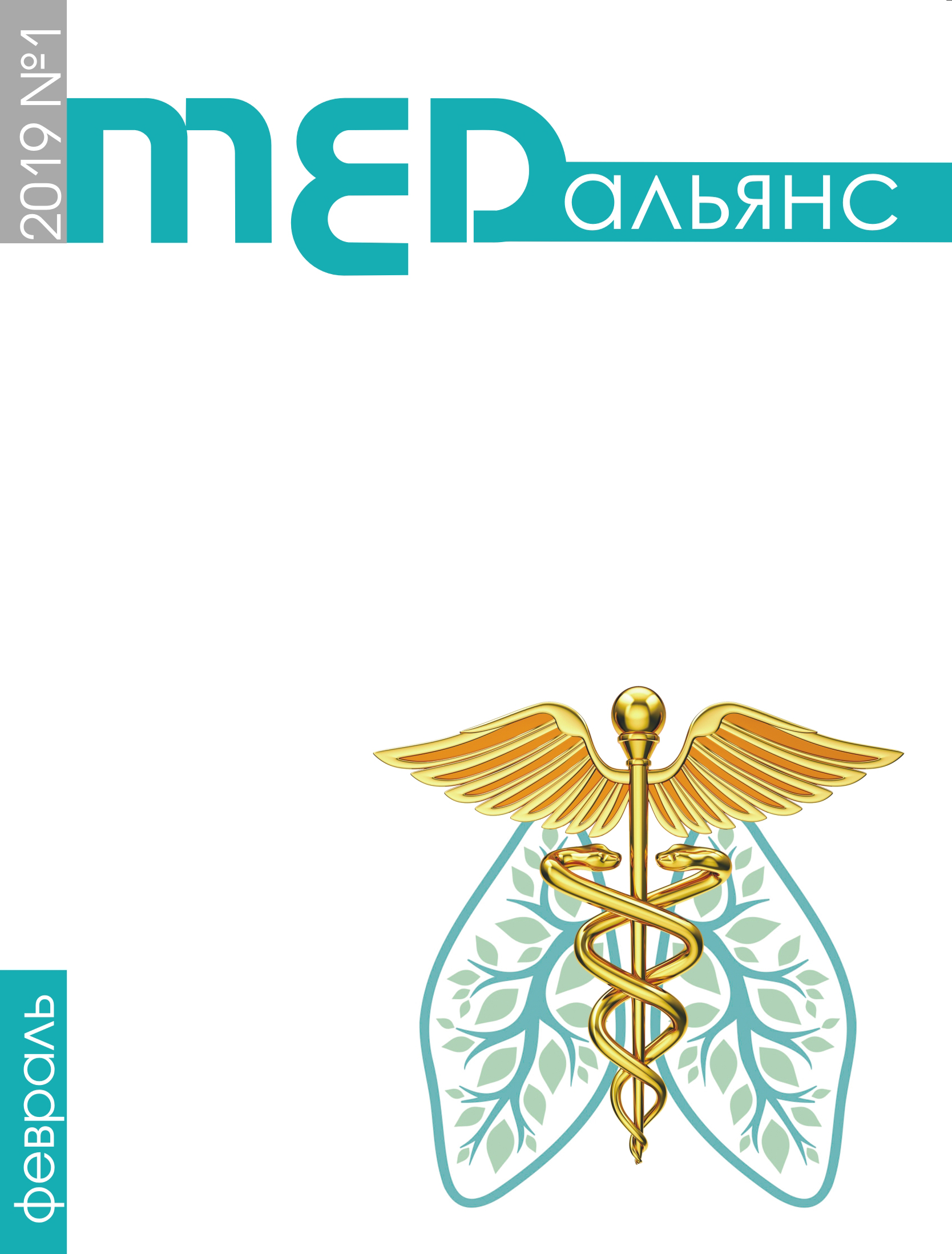Abstract
Summary Tuberculosis meningitis is the most severe manifestation of generalized lesions in HIV infection. The atypical clinical picture typical for patients with immunosuppression significantly complicates the diagnosis and effectiveness of treatment of this disease. The purpose: to identify the features of the course of tuberculosis meningitis in HIV-infected patients from among the special patients. Materials and methods. The analysis was conducted a retrospective of 30 cases of convicts who were treated in the hospital for the period 2015-2017 in branch «Tuberculosis hospital № 1» Federal State healthcare Institution Medical Unit 24 of the Federal penitentiary Service of Russia. All subjects had HIV infection in the stage of secondary diseases in the form of tuberculosis meningitis, confirmed by polymerase chain reaction (PCR) liquor or histological examination and received at least 4 antibacterial drugs, taking into account the drug resistance of the pathogen, as well as dehydration with loop and osmotic diuretics, vitamins B and C, symptomatic therapy. Results: 14 out of 30 observed (46.7±9.0%) CD4 content was <200 cells/µl, y 11 (36.7±9.0%) <100 cells/µl, and in 5 patients (16.6±7.0%) <50 cells/µl. The primary tuberculous focus was found in 24 (80.0±7.3%) patients, the rest - the primary focus was not found. At the same time, in 80% of cases, the primary tuberculosis focus was represented by pulmonary tuberculosis. Of the common cerebral manifestations of tuberculosis meningitis, the most common were meningeal syndrome, headache of various localization, dizziness and photophobia. Symptoms of intoxication were manifested in the form of weakness; body temperature increase - in 83.3±6.8%, while 73.3±8.0% observed dissociation of pulse and body temperature. Complaints of nausea and vomiting were presented by 63.3±8.8% of patients. The composition of the cerebrospinal fluid in HIV-infected patients revealed the presence of a weak cell count (15-100 CL) of 26.6±8.1% of cases, and the reduction in glucose was observed only in 14 of 30 patients i.e. 46.7±9.1% of the cases. Conclusion. We have revealed differences in the clinical picture of tuberculosis meningitis in HIV-infected patients from those without HIV infection: the sterility of the clinic between the prodromal period and the stage of advanced clinical manifestations; often in the opening stages - with the change in the level of consciousness and/or presence of psychobabble, in some cases, lack of previous headache; no fever with severe immunosuppression (CD4<100 cells/µl), cases monosemeiotic manifestations (about 36%) and the absence of a characteristic liquorologic changes.

